Rising Urbanization
The trend of increasing urbanization appears to be a significant driver for the Cool Roof Market. As more individuals migrate to urban areas, the demand for energy-efficient buildings intensifies. Urban heat islands, characterized by elevated temperatures in densely populated regions, necessitate the adoption of cool roofing solutions. According to recent data, urban areas can experience temperature increases of up to 5 degrees Fahrenheit compared to surrounding rural areas. This phenomenon drives the need for reflective roofing materials that can mitigate heat absorption, thereby reducing energy consumption for cooling. Consequently, the Cool Roof Market is likely to witness substantial growth as urban planners and architects prioritize sustainable building practices to combat the adverse effects of urbanization.
Energy Efficiency Initiatives
Energy efficiency initiatives are increasingly influencing the Cool Roof Market. Governments and organizations worldwide are implementing stringent energy efficiency standards to reduce greenhouse gas emissions and lower energy costs. For instance, the implementation of energy codes and standards has led to a marked increase in the adoption of cool roofing technologies. Data indicates that buildings equipped with cool roofs can reduce energy consumption for air conditioning by up to 15 percent. This reduction not only translates to cost savings for building owners but also contributes to a decrease in overall energy demand. As energy efficiency becomes a focal point in construction and renovation projects, the Cool Roof Market is poised for growth, driven by the need for sustainable and cost-effective roofing solutions.
Climate Change Mitigation Efforts
The ongoing efforts to mitigate climate change are likely to bolster the Cool Roof Market. As the impacts of climate change become increasingly evident, there is a growing recognition of the need for adaptive strategies in urban planning and construction. Cool roofs, which reflect sunlight and absorb less heat, play a crucial role in reducing the urban heat island effect and lowering overall temperatures in cities. Research suggests that widespread adoption of cool roofing could lead to a reduction in peak cooling demand by approximately 10 percent. This potential for energy savings aligns with global climate goals, prompting governments and organizations to promote cool roofing as a viable solution. Consequently, the Cool Roof Market may experience heightened interest and investment as stakeholders seek to address climate challenges.
Increased Construction Activities
The resurgence of construction activities across various sectors is anticipated to drive the Cool Roof Market. As economies recover and infrastructure projects gain momentum, there is a heightened focus on sustainable building practices. The construction of new commercial and residential buildings presents an opportunity for the integration of cool roofing technologies. Data indicates that the construction sector is projected to grow at a compound annual growth rate of 4.5 percent over the next five years. This growth is likely to be accompanied by an increased demand for energy-efficient roofing solutions, including cool roofs. As builders and developers prioritize sustainability, the Cool Roof Market stands to benefit from the rising trend of incorporating environmentally friendly materials into new construction projects.
Consumer Demand for Sustainable Solutions
The growing consumer demand for sustainable solutions is emerging as a pivotal driver for the Cool Roof Market. As awareness of environmental issues rises, consumers are increasingly seeking products that align with their values. This shift in consumer behavior is prompting manufacturers to innovate and offer cool roofing options that not only enhance energy efficiency but also contribute to environmental sustainability. Market data suggests that the demand for eco-friendly building materials is expected to grow by 10 percent annually. This trend is likely to encourage more homeowners and businesses to invest in cool roofs, recognizing their potential to reduce energy costs and environmental impact. As a result, the Cool Roof Market is positioned to thrive in an environment where sustainability is a key consideration for consumers.


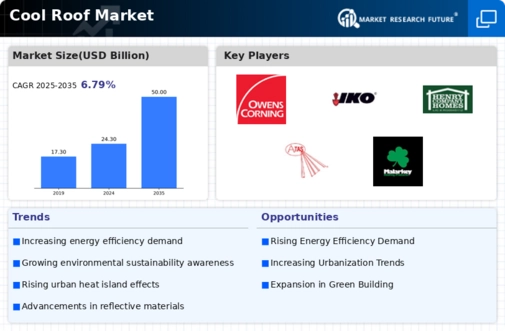
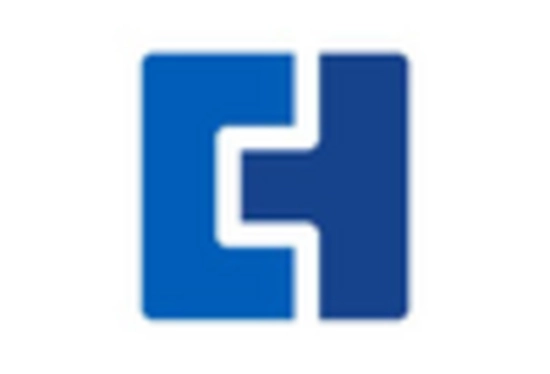
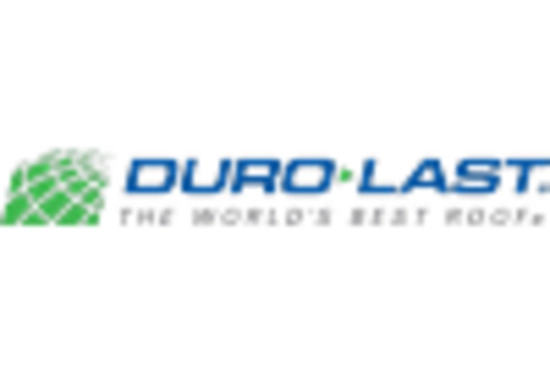
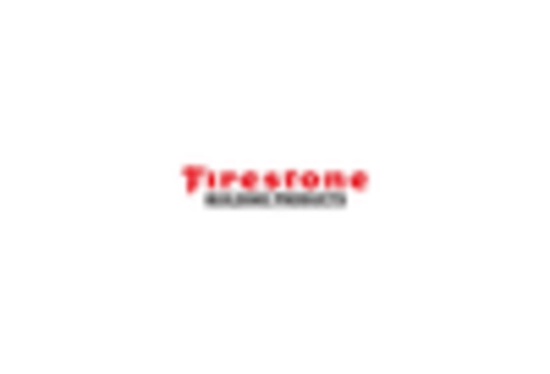

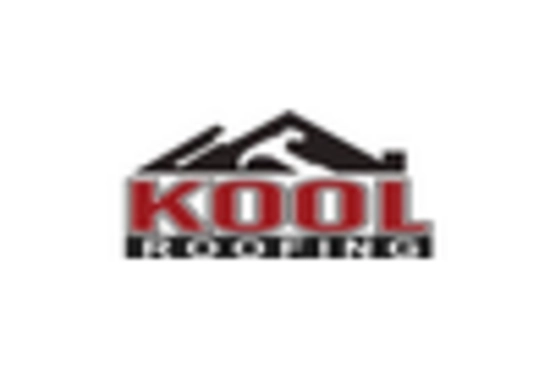









Leave a Comment